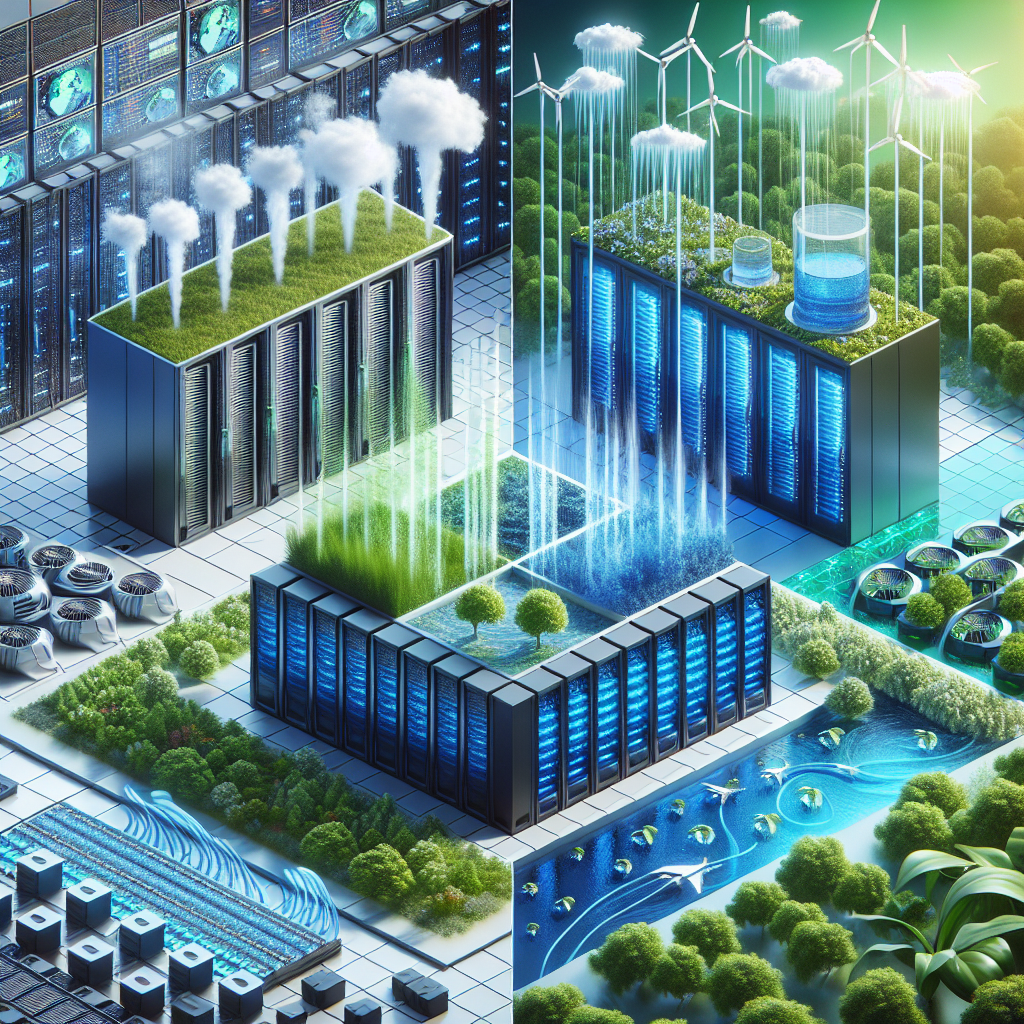Data centers are essential for businesses and organizations to store and manage their digital information and services. However, these centers can generate a significant amount of heat due to the constant operation of servers and other hardware. This excess heat can lead to equipment failures and downtime, making it crucial for data centers to have effective cooling methods in place.
There are several different cooling methods that data centers can utilize to keep their equipment running smoothly. In this article, we will compare some of the most common cooling methods used in data centers today.
1. Air cooling:
Air cooling is one of the most traditional methods of cooling data centers. This method involves using air conditioning units to cool the air inside the data center and remove heat generated by the equipment. Air cooling is relatively simple and cost-effective, making it a popular choice for smaller data centers.
However, air cooling has its limitations. It can be less efficient than other cooling methods, especially in larger data centers with high-density server racks. Additionally, air cooling can lead to hot spots within the data center if not properly managed.
2. Liquid cooling:
Liquid cooling is a more advanced cooling method that involves circulating liquid coolant through the data center equipment to absorb heat. This method is more efficient than air cooling and can effectively cool high-density server racks.
Liquid cooling can be implemented in two ways: direct liquid cooling, which involves circulating coolant directly to the server components, and indirect liquid cooling, which involves using a heat exchanger to transfer heat from the equipment to the coolant. While liquid cooling can be more expensive to install and maintain, it can provide significant energy savings and improve the overall efficiency of the data center.
3. Evaporative cooling:
Evaporative cooling is a more environmentally friendly cooling method that uses water to cool the air inside the data center. This method involves evaporating water to remove heat from the air, lowering the overall temperature inside the data center.
Evaporative cooling is an energy-efficient cooling method that can be particularly effective in dry and arid climates. However, it may not be suitable for data centers located in humid environments, as it can lead to increased humidity levels inside the facility.
In conclusion, there are several different cooling methods available for data centers, each with its own advantages and limitations. While air cooling is a traditional and cost-effective option, liquid cooling and evaporative cooling can provide more efficient and environmentally friendly solutions for cooling high-density server racks. Ultimately, data center operators should carefully consider their specific needs and requirements when choosing a cooling method to ensure the smooth and efficient operation of their facility.


Leave a Reply